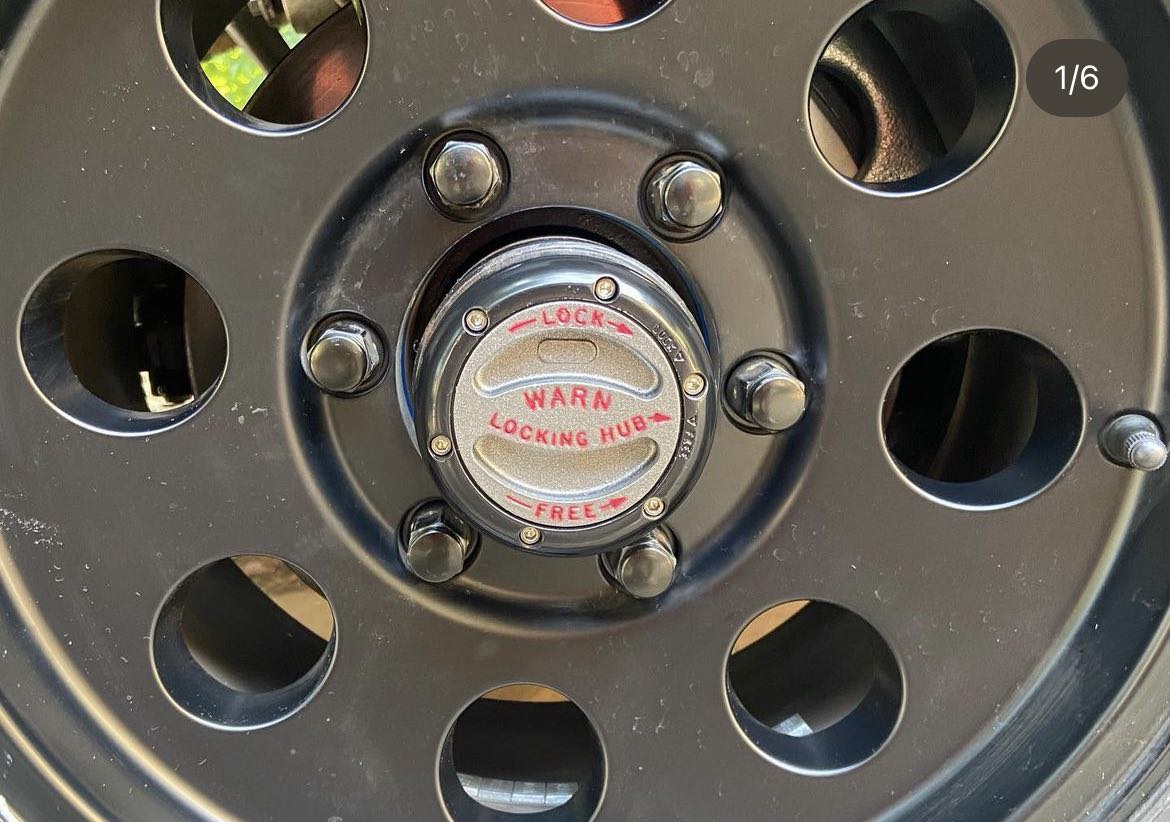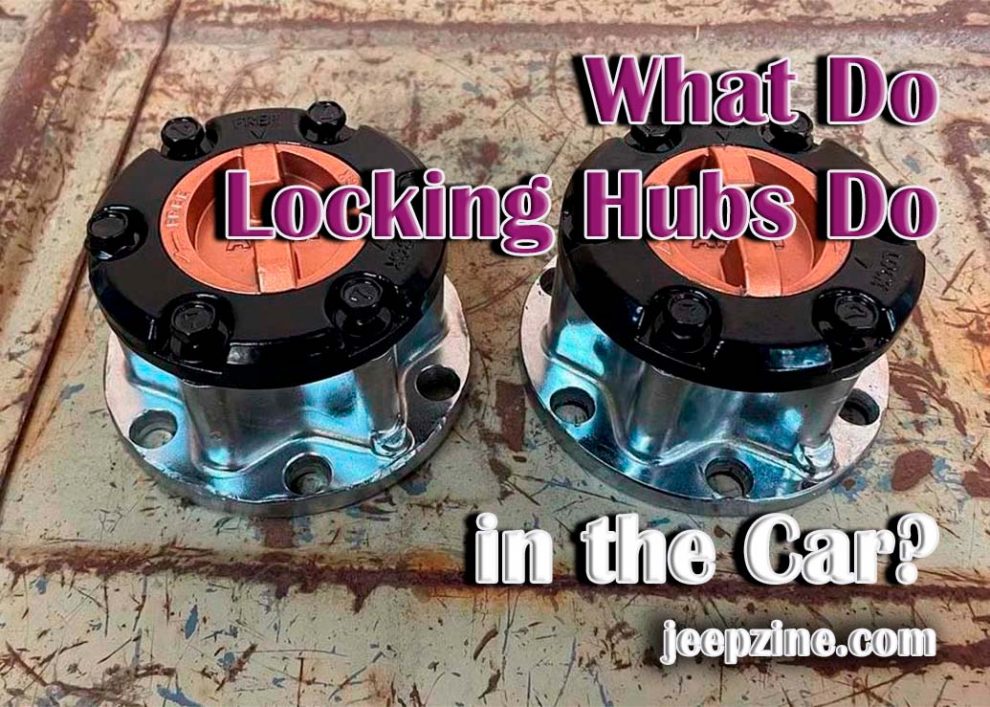Locking hubs are an essential component of a car or truck’s four-wheel drive (4WD) system. The purpose of these hubs is to allow the vehicle’s front axle and transfer case to be disconnected from each other when the 4WD system is not needed, saving fuel, and reducing wear on the drivetrain components. Locking hubs also give you more control over how your vehicle performs in off-road conditions. In this article, we’ll take an in-depth look at what locking hubs do for your vehicle and how they work to provide better performance both on and off the road.
What Are Locking Hubs?
Locking hubs are essentially wheel assemblies with two parts: an internally splined hub and an external locking mechanism that engages or disengages the hub from its corresponding wheel bearing assembly. When engaged, the locking mechanism locks both parts together to rotate as one unit while driving through rough terrain or mud. When disengaged, it allows for free spinning of the wheel assembly so that power from the engine is not transferred to it, thereby conserving fuel, and reducing wear on drivetrain components such as CV joints or U-joints. Also read about the Best Shocks for Dodge Ram 1500 2WD to ensure optimal performance and comfort for your vehicle.
What Do Locking Hubs Do in the Car?

Installation and Maintenance of Locking Hubs
Installing locking hubs is relatively easy for anyone with basic mechanical skills. All that’s required are a few common tools, such as wrenches and sockets. Before installation, ensure all hub assembly parts are lubricated with grease or oil to prevent premature wear or failure of any components due to friction or heat buildup. Additionally, it’s essential to regularly inspect your locking hubs for signs of excessive wear or damage caused by road debris or other environmental factors, such as water or mud entering them during off-roading activities. If any problems arise during the inspection, replace them immediately with new ones to ensure the safe operation of your vehicle both on- and off-road.
Advantages and Disadvantages of Using Locking Hubs
The primary advantage of locking hubs is improved fuel economy due to less power being wasted by transferring energy through the disconnected front axle when it isn’t needed for 4WD operation. Additionally, less wear will be placed on drivetrain components since they aren’t receiving any power from the engine when they are disconnected from each other via the locked hub assemblies. The main disadvantage of locking hubs is increased complexity due to their two-part design; if one part fails, both must be replaced to properly operate your vehicle’s 4WD system.
Conclusion
Locking hubs are an essential component of a 4WD system in a car or truck that provides improved fuel economy and reduced wear on drivetrain components by allowing the front axle and transfer case to be disconnected when the 4WD system is not needed. Installation and maintenance of locking hubs are relatively easy for anyone with basic mechanical skills if all parts are lubricated and inspected for signs of wear or damage. The primary advantage of locking hubs is improved fuel economy, while the main disadvantage is increased complexity due to their two-part design.

